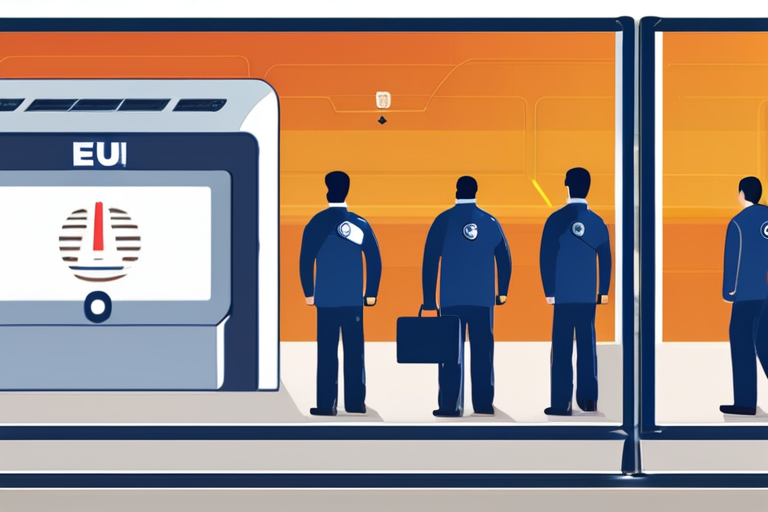EU's Digital Border System EES Launches October 12: What You Need to Know About Enhanced Security Measures


Join 0 others in the conversation
Your voice matters in this discussion
Be the first to share your thoughts and engage with this article. Your perspective matters!
Discover articles from our community

 Hoppi
Hoppi

 Hoppi
Hoppi

 Hoppi
Hoppi

 Hoppi
Hoppi

 Hoppi
Hoppi

 Hoppi
Hoppi

Court Documents Reveal UK Government's Broader Data Access Demands to Apple A recent court document has shed new light on …

Hoppi

Breaking News: Child Dies of Measles-Related Brain Disorder in Los Angeles A child in Los Angeles has tragically died from …

Hoppi

BREAKING NEWS: Charlie Kirk's Widow Warns of Catastrophic Consequences After Assassination Charlie Kirk, CEO and co-founder of Turning Point USA, …

Hoppi

TechCrunch Disrupt 2025 Shines Spotlight on AI with Must-See Sessions Backed by JetBrains and Greenfield SAN FRANCISCO, CA - TechCrunch …

Hoppi

World's Oceans Fail Key Health Check as Acidity Crosses Critical Threshold for Marine Life In a stark warning to humanity, …

Hoppi

https:p.dw.comp4ztosSearch engine giant Google will have to face the wide-reaching implications of the US court rulingImage: Beata ZawrzelNurPhotopicture allianceAdvertisementA US …

Hoppi